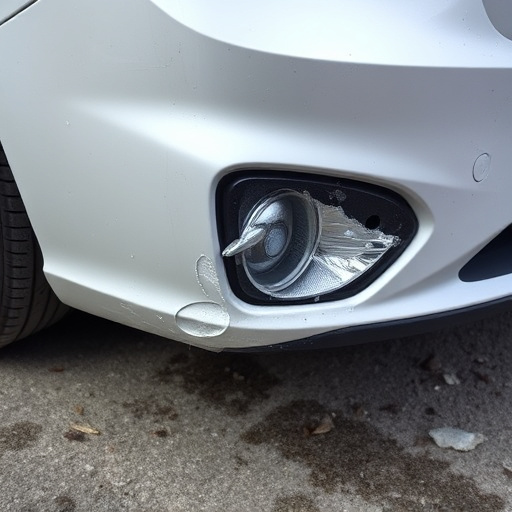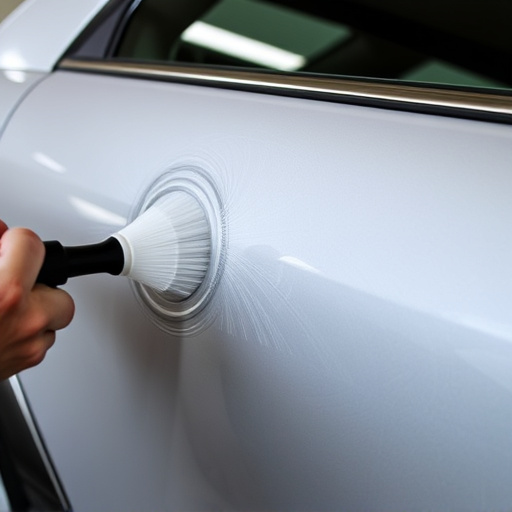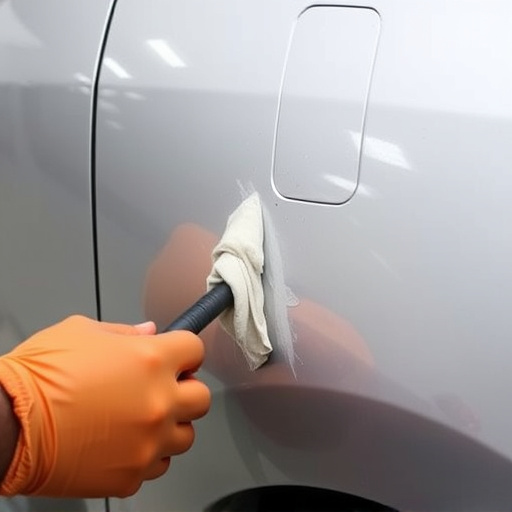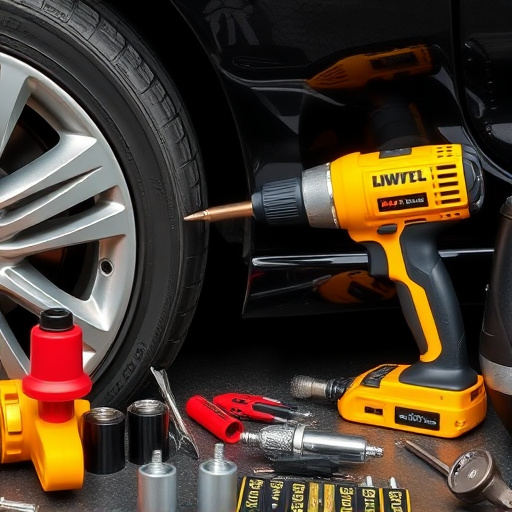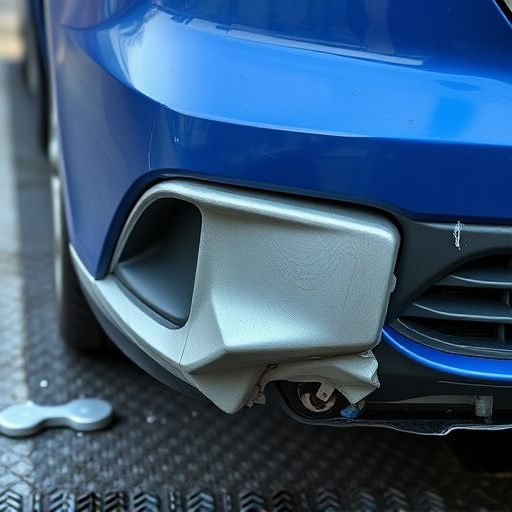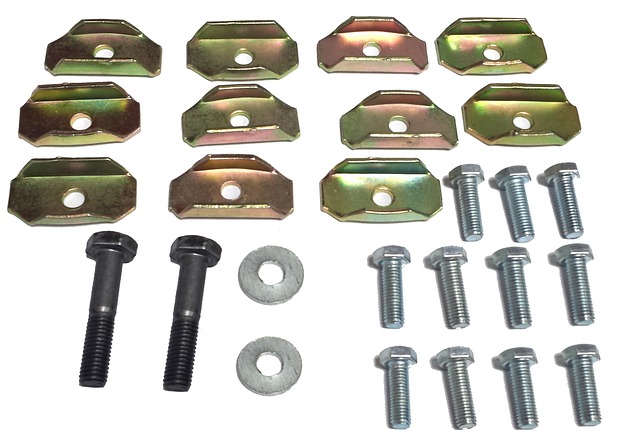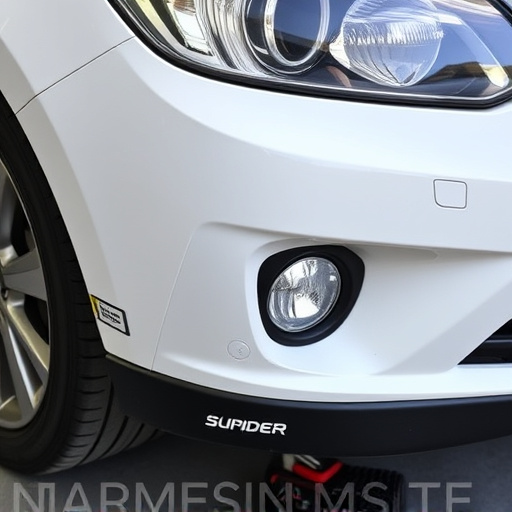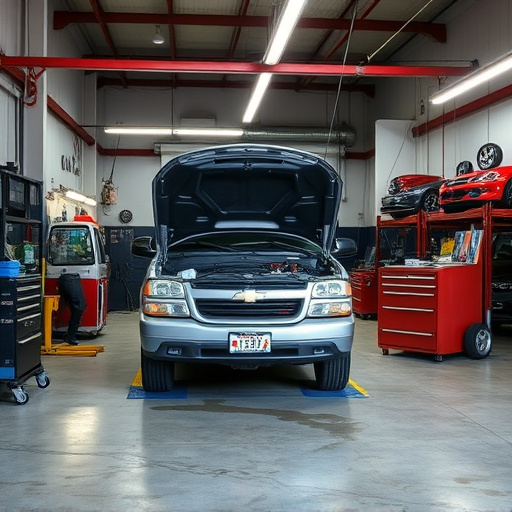Mercedes run-flat tires provide a safe solution for flat tire emergencies by maintaining shape and supporting weight without air pressure. Replacement requires specific tools, safety precautions, and expertise. Steps include parking on a level surface, engaging brakes, chocking wheels, lifting vehicle with jack, removing damaged tire, installing spare, lowering car, and tightening lug nuts with a torque wrench as specified in the owner's manual.
Learn how to replace a Mercedes run-flat tire safely and efficiently with this comprehensive guide. Mercedes run-flat tires (RFTs) are designed to continue operating at reduced speed even after a deflation, offering enhanced safety and convenience. This article covers everything from understanding the unique features of RFTs to the essential tools and safety precautions required. By following our step-by-step process, you’ll be equipped to handle unexpected tire changes, ensuring peace of mind on the road.
- Understanding Mercedes Run-Flat Tires
- Tools and Safety Precautions Required
- Step-by-Step Tire Replacement Process
Understanding Mercedes Run-Flat Tires

Mercedes run-flat tires are an innovative feature designed to keep your vehicle rolling even after a flat tire occurs. Unlike conventional tires that require immediate replacement, run-flats are engineered to provide temporary support and enable continued driving at reduced speeds. This is particularly useful in situations where immediate tire replacement isn’t feasible, such as when you’re far from assistance or during emergencies.
When performing a Mercedes run-flat tire replacement, understanding the unique construction of these tires is crucial. Run-flats are reinforced with special sidewalls and internal structures that allow them to maintain their shape and support the vehicle’s weight even without air pressure. Unlike regular tires, they don’t deflate immediately upon damage, giving you precious time to reach a safe location or an auto collision center for proper repair. This feature not only enhances safety but also simplifies classic car restoration processes, as run-flat tires can be temporarily used during detailed bodywork and maintenance before installing new, fully inflated tires.
Tools and Safety Precautions Required

Performing a Mercedes run-flat tire replacement requires specific tools and safety precautions to ensure the process is done correctly and safely. Before beginning, gather all necessary equipment, including specialized jack and jack stands for Mercedes vehicles, a suitable replacement tire designed for run-flat technology, and a set of impact wrenches or sockets. Additionally, have on hand high-quality lubricants, such as tire iron grease, to facilitate smooth removal and installation.
Safety is paramount during this process. Always work on a level surface and engage the parking brake to prevent vehicle movement. Ensure you wear appropriate personal protective equipment (PPE), including gloves and safety glasses, to shield yourself from potential hazards. Moreover, have a collision repair center or fleet repair services professional nearby for assistance in case of complications, as incorrect installation can lead to serious safety risks on the road.
Step-by-Step Tire Replacement Process

Performing a Mercedes run-flat tire replacement requires careful precision and knowledge of automotive systems. Here’s a step-by-step process to guide you through this specialized auto repair service:
1. Safety First: Ensure the vehicle is securely parked on a level surface, engage the parking brake, and apply chocks behind all four wheels for safety during the replacement process. This is crucial as it prevents the car from moving unexpectedly while you work.
2. Prepare the Tools: Gather all necessary tools including jack, jack stands, tire iron, and the spare run-flat tire. Position the jack under the vehicle at the designated lifting point, usually near the wheel hub. Elevate the car until the flat tire is clear of the ground and secure it with jack stands for stability.
3. Remove the Flat Tire: Use the tire iron to loosen and remove the lug nuts, but don’t take them off completely yet. Next, carefully pull the damaged tire away from the wheel hub, being mindful of any embedded debris. Once clear, fully remove the lug nuts and take the flat tire aside for proper disposal or recycling through automotive body work services.
4. Install the Spare: Align the spare run-flat tire onto the wheel hub, ensuring it’s correctly seated. Tighten the lug nuts by hand until they are securely fastened. Don’t overtighten at this stage as it might cause damage to the vehicle or the tire itself.
5. Lower and Secure: Lower the vehicle back to the ground using the jack and remove the jack stands. Tighten the lug nuts with a torque wrench to the specified level, usually indicated in the vehicle’s owner manual. This ensures optimal performance and safety of the run-flat tire system.
Performing a Mercedes run-flat tire replacement requires specific knowledge and tools, but with the right preparation, it can be done efficiently. By understanding the unique features of Mercedes run-flat tires, assembling the necessary safety precautions, and following the step-by-step process, you’ll be able to replace a flat tire promptly, ensuring your vehicle’s continued mobility. Remember, knowing how to handle such situations is crucial for any car owner, especially when navigating unexpected challenges on the road.

